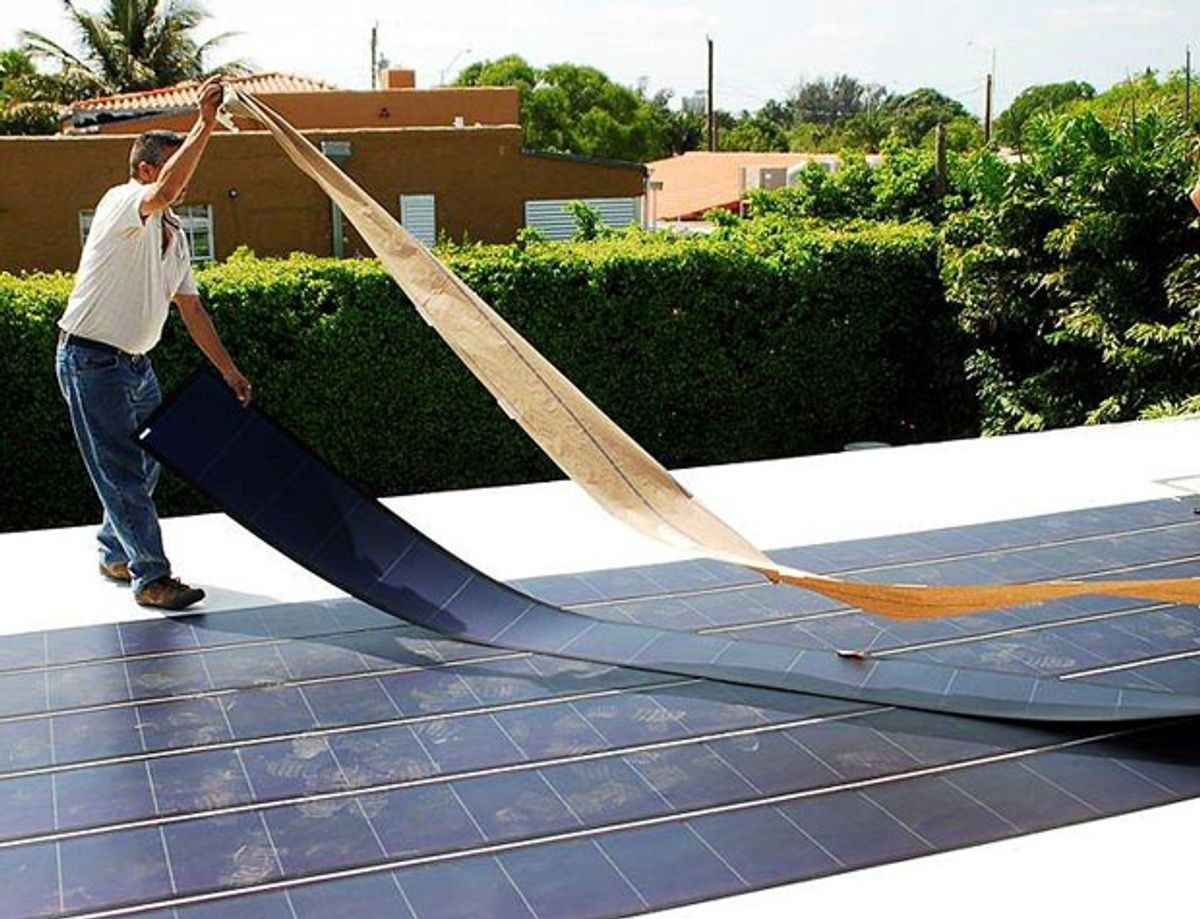Nanotechnology has been trying to address all three of these issues, but perhaps none of them more than improving the power-conversion efficiency, which has lingered at around five to seven percent. Now researchers at the Ulsan National Institute of Science and Technology (UNIST) in Korea have used metal nanoparticles to achieve the highest yet reported power conversion efficiency for plasmonic polymer solar cells, reaching 8.92 percent. While polymer solar cells have been reported as high as 10.6 percent for polymer solar cells with more than one p-n junction, the UNIST researchers believe that their device, which reached nearly 9 percent using a single junction, could exceed 10 percent in commercial products.
The research, which was published in the ACS journal Nanoletters (“Multipositional Silica-Coated Silver Nanoparticles for High-Performance Polymer Solar Cells”) focused on polymer solar cells enhanced by plasmonics. Plasmonics exploits the phenomenon of "photons striking small, metallic structures to create plasmons, which are oscillations of electron density in the metal," as Neil Savage explained here on the pages of Spectrum.
The Korean researchers were able achieve high light absorption despite thinning out the films that make up the active layer of the solar cell by using silver nanoparticles. These nanoparticles provided the metal in the material that allowed for the exploitation of the surface plasmon resonance effect.
“This is the first report introducing metal NPs between the hole transport layer and active layer for enhancing device performance,” says Jin Young Kim, associate professor at UNIST and a leader of the research, in a press release. “The multi-positional and solutions-processable properties of our surface plasmon resonance (SPR) materials offer the possibility to use multiple plasmonic effects by introducing various metal nanoparticles into different spatial location for high-performance optoelectronic device via mass production techniques.”
While conversion efficiency seems to have been improved in the lab with this research, it will need to be demonstrated this new material will not deteriorate in the environment as some nanomaterial-enabled polymer solar cells have in the past. However, if it can exhibit this kind of robustness and is coupled with a suitable material to replace the expensive ITO, it may indeed be an important commercial step in the polymer solar cells.
Photo: Ken Fields/Creative Commons
Dexter Johnson is a contributing editor at IEEE Spectrum, with a focus on nanotechnology.




